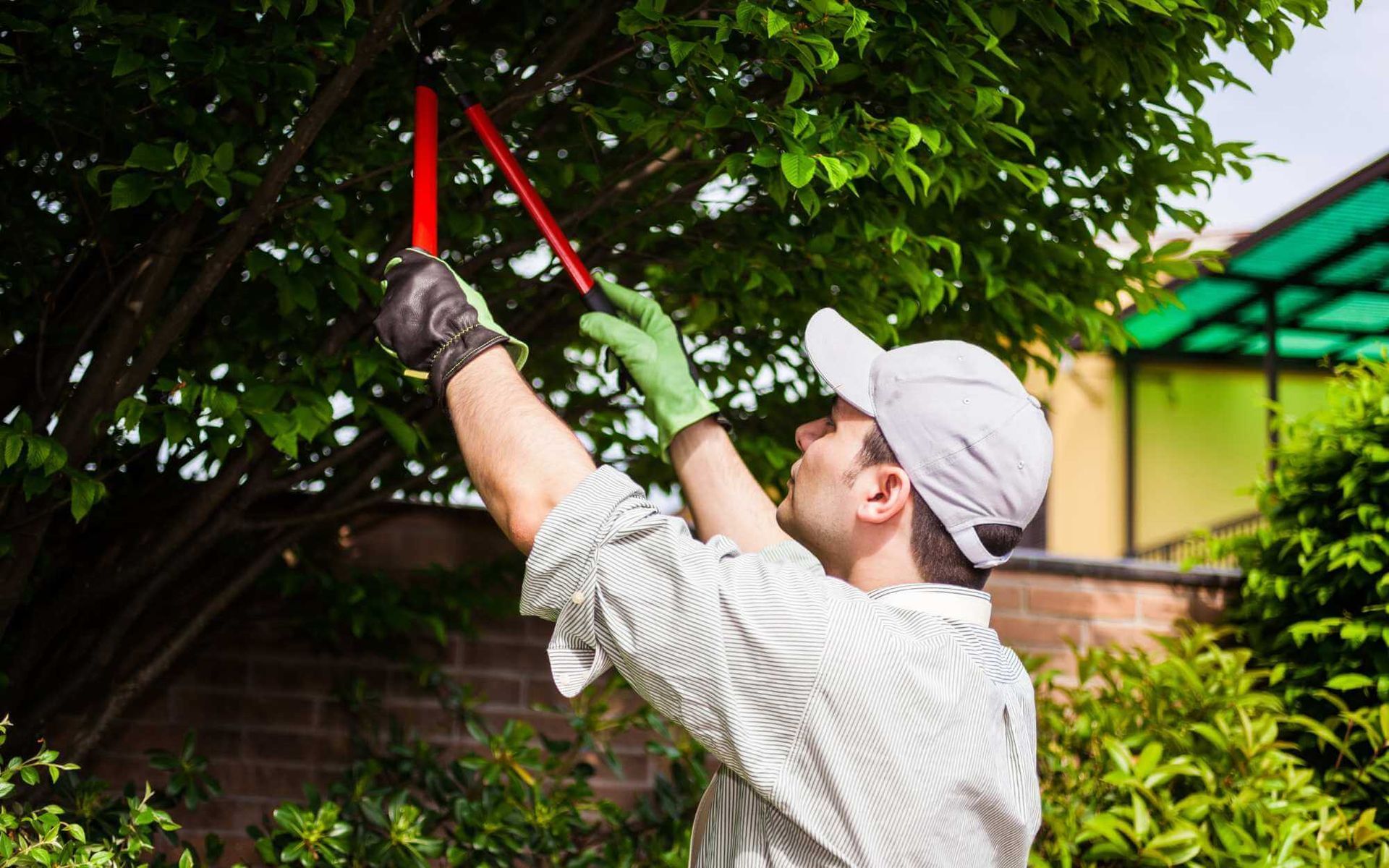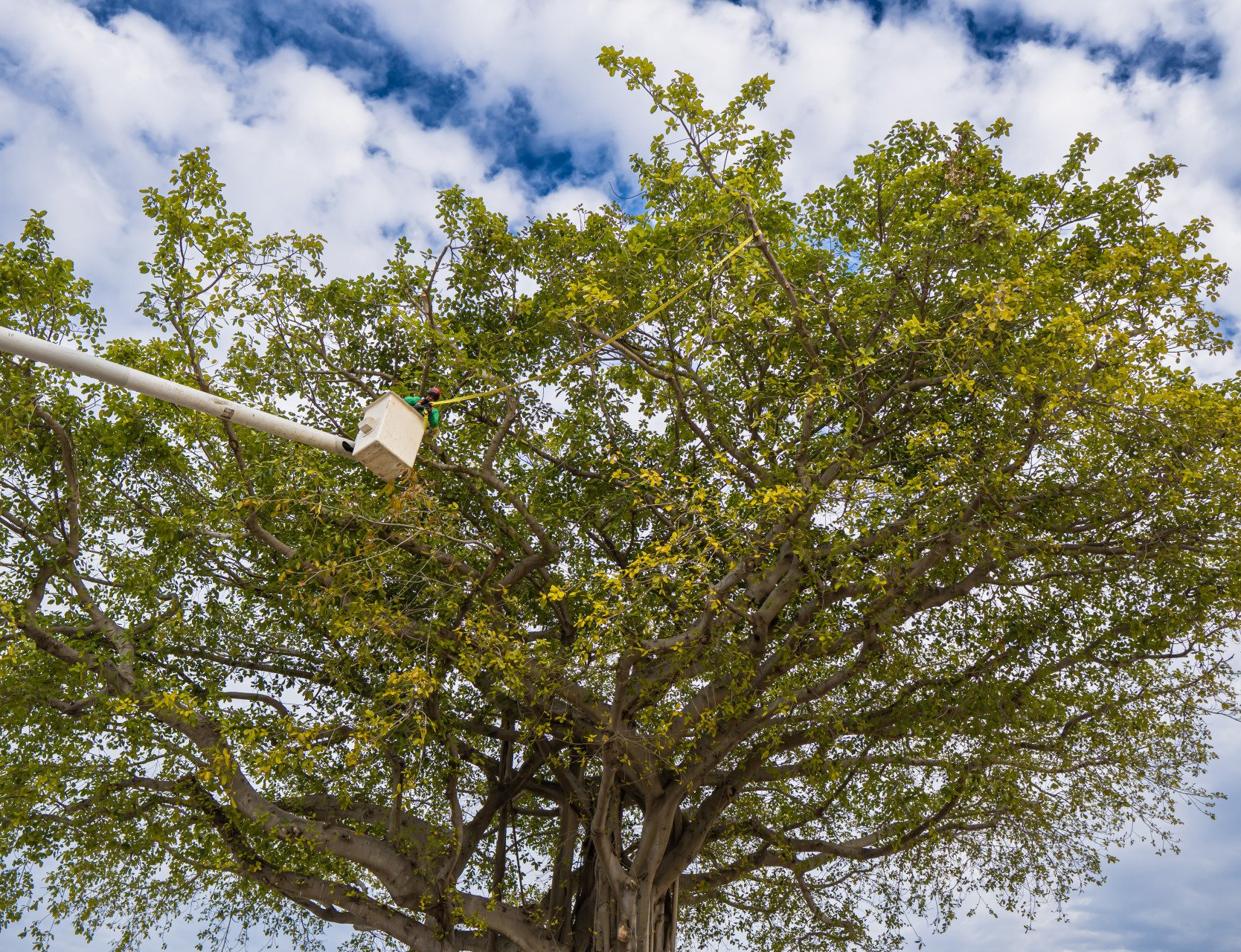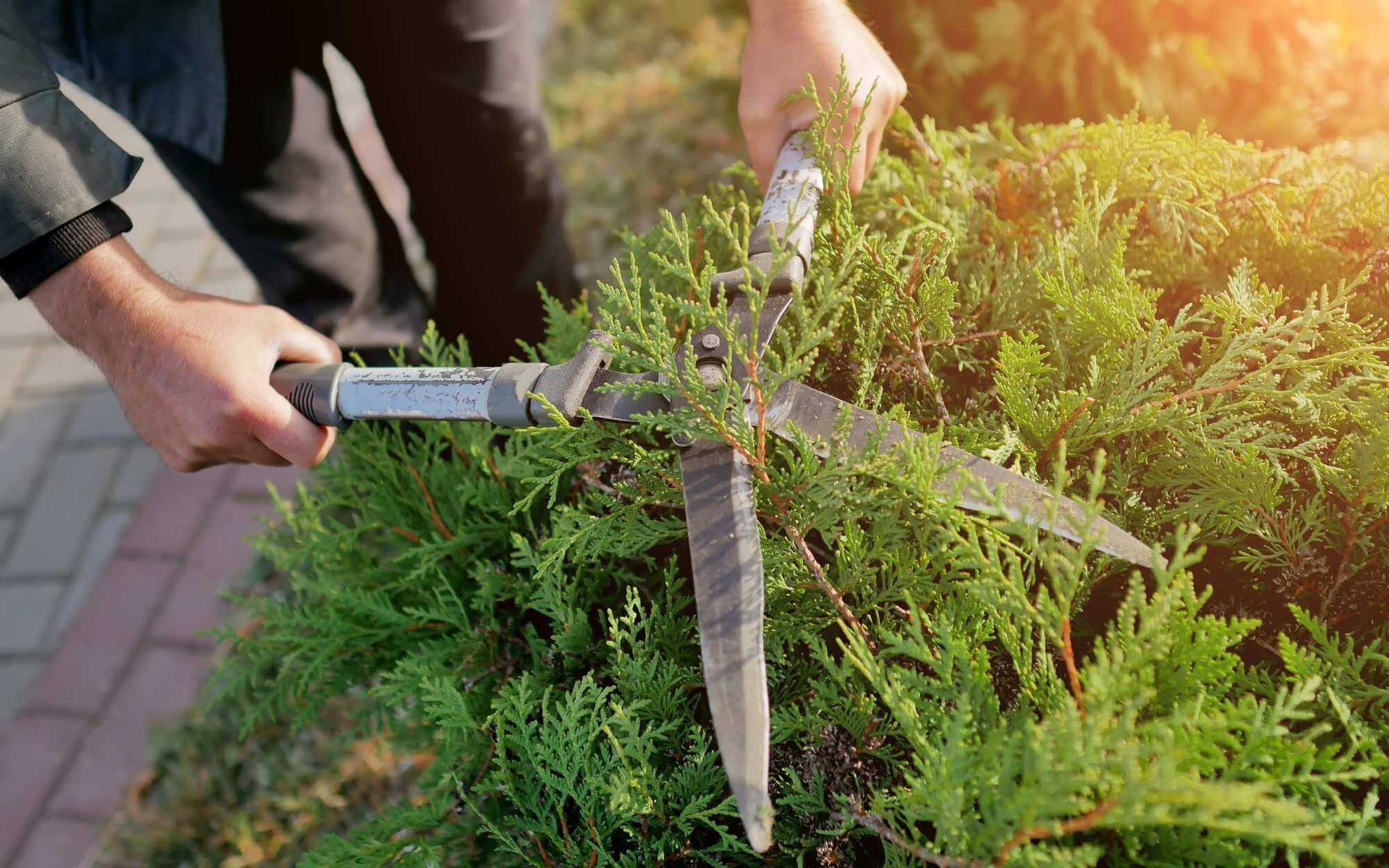Taming the Wilderness: Thinning Overgrown Tree Canopies
PUBLISHED ON
SHARE THIS ARTICLE

Overgrown tree canopies can be both a blessing and a challenge. Their lush foliage and wild charm bring a touch of enchanting wilderness to any setting, creating a haven for local wildlife and a green sanctuary for nature lovers.
Yet, these verdant giants present their own unique set of challenges. Left unchecked, they can quickly become dense, blocking sunlight and stifling the growth of other plants below.
This is where the art of thinning comes into play. Thinning, when done correctly, not only helps maintain the health and vitality of the trees but also ensures the well-being of the whole ecosystem.
So, join us as we delve into
the world of tree thinning, exploring its benefits and sharing tips and techniques for effective and responsible practices.
The Importance of Thinning
Overgrown tree canopies dominate the ecosystem, creating a dense shade that suppresses understory growth, thus decreasing biodiversity. Their heavy foliage also increases the likelihood of disease and pest infestation. Thinning helps mitigate these issues by promoting a balanced ecosystem.
By selectively removing branches or trees, it allows sunlight to penetrate, stimulating understory vegetation, and enhancing wildlife habitats. Additionally, it reduces competition for resources among trees, contributing to their overall health and longevity. Thinning also lowers the risk of wildfires by reducing fuel buildup.
Responsible thinning is a crucial forest management tool, fostering a healthier, more resilient, and diverse forest ecosystem.
The Thinning Process Explained

Identifying the right trees for thinning requires keen observation and a thorough understanding of the ecosystem. Here are some techniques and considerations for effective thinning:
- Tree Health: Prioritize thinning of diseased or damaged trees, as they are less likely to survive and might spread disease.
- Species Diversity: Aim to maintain a variety of tree species during thinning. This diversity contributes to a more resilient and balanced ecosystem.
- Size and Space: To ensure the remaining trees have ample space to grow, consider the size and spacing of the trees when selecting which to thin.
- Safety Considerations: Always wear proper safety gear, including gloves, a hard hat, and safety glasses. Ensure the area is clear before starting the thinning process.
- Professional Guidance: If unsure, seek advice from a forestry professional or arborist to ensure the thinning process is conducted safely and effectively.
Environmental Benefits of Thinning
Thinning provides a multitude of environmental benefits. By allowing sunlight to reach the forest floor, it stimulates the growth of diverse understory vegetation, enhancing biodiversity. This creates richer, varied habitats, supporting a wider range of wildlife species.
Furthermore, by removing excess foliage, thinning reduces fuel for potential wildfires. Dense, overgrown canopies can accelerate the spread of wildfires, turning small incidents into devastating blazes. Responsible tree pruning mitigates this risk, making forests safer and more resilient against wildfires.
Thinning is vital for maintaining a vibrant, diverse, and safe forest ecosystem.
Aesthetics and Recreational Benefits

Thinning not only boosts ecological health but also enhances the aesthetic appeal of wooded areas.
It opens vistas, reveals hidden beauty, and lets in dappled sunlight that gives the forest a magical charm. This visual allure draws outdoor enthusiasts, offering them more accessible and enjoyable spaces. Trails become less obstructed and more navigable, encouraging hiking and nature walks. Thinning can also create spaces for picnicking or wildlife viewing.
By managing the forest conscientiously, we promote a delicate balance of nature's wild beauty and our ability to appreciate it, enriching our experiences in these verdant, tranquil havens.
Restore Balance with Tree Trimming and Pruning
Responsible forest management, including the thinning of overgrown tree canopies, is vital for preserving biodiversity, enhancing ecosystems, and reducing wildfire risks. Thinning promotes healthy tree growth, supports diverse wildlife habitats, and creates aesthetically pleasing spaces for outdoor recreation.
Undertaking such a task calls for expert guidance. For safe and effective thinning, consider engaging the services of a
certified arborist to ensure the longevity and vitality of your forest. Contact us today!
Want a free quote or some friendly advice? Call our team today:






